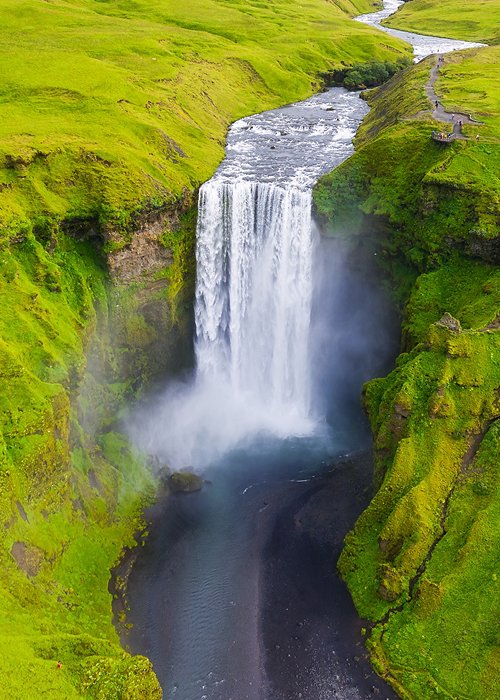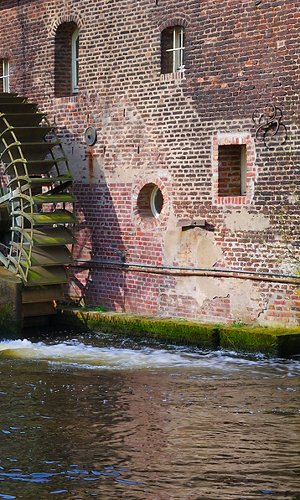The water cycle, triggered by the evaporation of the Earth’s water, the formation of clouds and rain, provides mankind with the most extraordinary renewable energy source, the second after biomass. Its origin is once again the sun, the radiation of which causes evaporation. Although only 0.33% of solar energy received by the Earth leads to rainfall, it is still a remarkable amount of energy. Water includes two types of energy: potential and kinetic.




